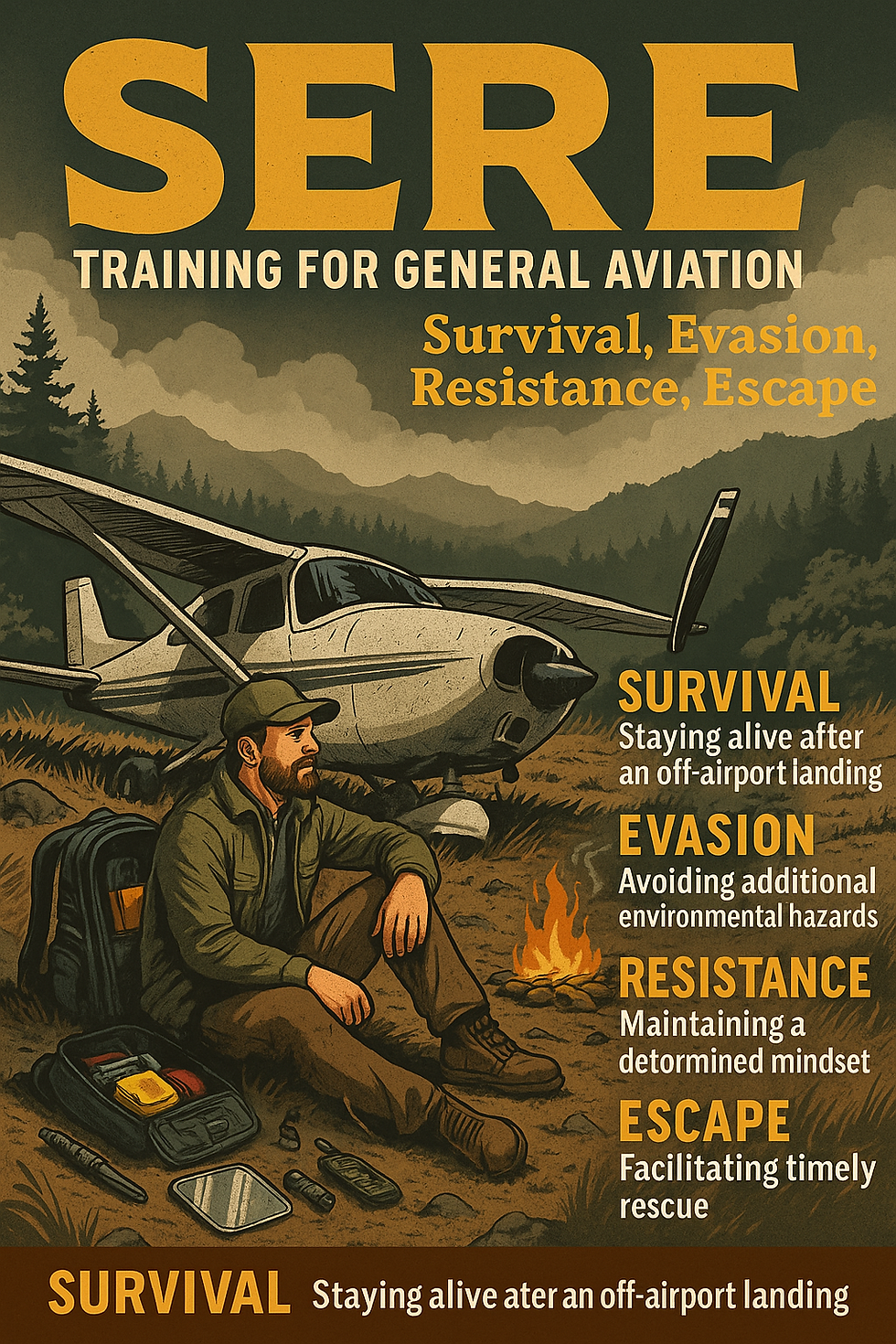10 Tips to better fuel economy
- The Thrifty Pilot

- Nov 3, 2017
- 4 min read

Let’s just put it out there, one of the largest on-going expense in aviation is fuel. The below tips may help you get the extra mile out of your flight while staying safe and increasing the life of your engine.
Take the time to plan for wind - Take the time to do a proper pre-flight to ensure that you are not flying into a monster storm and also that you will be cruising at a level that will be optimal for fuel savings. Many flight planning websites and electronic flight books (EFB) will have wind information for almost all altitudes. By flying at an altitude that is optimal for your flight you will not be wasting fuel unnecessarily.
Cruise descent - Take the time to plan your descent into your airport. By doing this, there will be no need to fiddle with your throttle, thus saving your engine from revving up and down to correct for your aggressive descent. Additionally, by planning your descent out approx 15 miles from your destination, you will have a nice gentle glide down to your intended altitude which will ensure that you are not performing any unnecessary loops around the airport!
Over the course of a 200-nm cross-country in the Archer, a pilot can save a gallon by leaning when taxiing on the ground, 4 gallons in flight with proper leaning and economy power settings, and another gallon with a cruise descent.
At a total of 6 gallons and $6 per gallon, that’s $36 one way and $72 round trip! Over the course of a dozen flights, investing a few minutes of your time each leg of your trip will yield a savings of hundreds of dollars. Not a bad way to fight back against inflated fuel costs." - AOPA
Plan your route around fuel stops - Planning is the key to savings and spending a few minutes to plan your route around fuel stops will save BIG. Many EFBs have this feature, but my favorite is AIRNAV.COM. This free service has many routing options and will most certainly help keep your hard earned cash in your wallet!
Leaning – Make sure not to neglect the little red lever in your plane. Maintaining proper leaning of your aircraft is vital to proper aircraft performance. Keeping your fuel at full rich will eat through your gas and possibly create additional issues like rough cruise and engine wear.
“Most engine manufacturers recommend leaning when operating at or below 75-percent power. Above 75-percent power, the engine needs more fuel to help keep it cool. Flying lean of peak is another step to maximize your fuel savings. We’ll leave this decision up to you per the manufacturer’s recommendations.” -AOPA
Make sure your engine is tuned - Having an engine that is running at its peak will assist in cutting down the cost of fuel. Ensure that your spark plugs are firing correctly, you have fresh oil that is at proper weight and levels, you have little to no leaks and that you check for any unnecessary wear on the engine components. Check with your mechanic to verify that you engine is correctly set for an appropriate mix and is not running too rich or lean.
Clean your plane – A clean plane is always the happiest plane! Your performance will increase, your fuel savings will increase and your plane will look nice and shiny on the ramp. As it was was stated in a recent AOPA article, “A 1997 CAFÉ scientific study tested a Mooney M20E with and without wax, documenting a 3-knot speed improvement for an aircraft that was already free of bugs, oil, etc. This was calculated to be the equivalent of adding 8 horsepower to the engine. If your aircraft has an oily belly and bug-splattered wings, you could improve your cruise performance by as much as 5 knots with little more than sweat equity invested!”
For instance, on a 200-nm cross-country flight in a Piper Archer, bringing the power to 65 percent at best economy will save 3 gallons (6 gallons round trip) when compared to flying at 75-percent best power. AOPA’s Real-Time Flight Planner shows the flight arriving nine minutes later when flying at 65 percent. Time is valuable, but nine minutes is likely worth the $18 savings on each leg of the flight. - AOPA
Lighten your load - The fact of the matter is, if you have more stuff to haul around it will cost more money to do so. Make sure you pack smart for your trip. Your items are in the best spot to compliment your center of gravity and you are not carrying unnecessary items. It's easy to continue to throw items in the back seat, but be aware that adding a bit at a time will continue to degrade your aircraft's performance.
Stick to the numbers – Make sure that you stick to your aircrafts recommended speeds. These speeds are for best aircraft performance and fuel consumption. They will keep you safe and ensure that you flight is uneventful. Stick within these numbers.

Share the cost – If you fly with passengers, there are times where you want to share the cost of fuel. Going in half is the best way to reduce the cost associated with fuel charges. Just remember to follow all regulations when it comes to sharing of operating expenses, which includes fuel.
Economy cruise - In combination with proper leaning techniques, consider bringing the throttle lever farther back during cruise. A best-economy power setting will provide the most miles for the gallon.Aircraft manufacturers provide best-power and best-economy fuel flow based on proper leaning technique, so fly at the recommended power setting. Simply leaning at a random power setting or only reducing power without touching the mixture won’t yield the desired fuel burn and may lead to serious fuel mismanagement.
NOTE:
With all of these suggestions please make sure to refer to the guidance of your POH and your training. Safety should be paramount to any fuel savings. If you have any questions, please ask a aircraft mechanic or a certified flight instructor. Stay safe out there!
Sources:








Comments